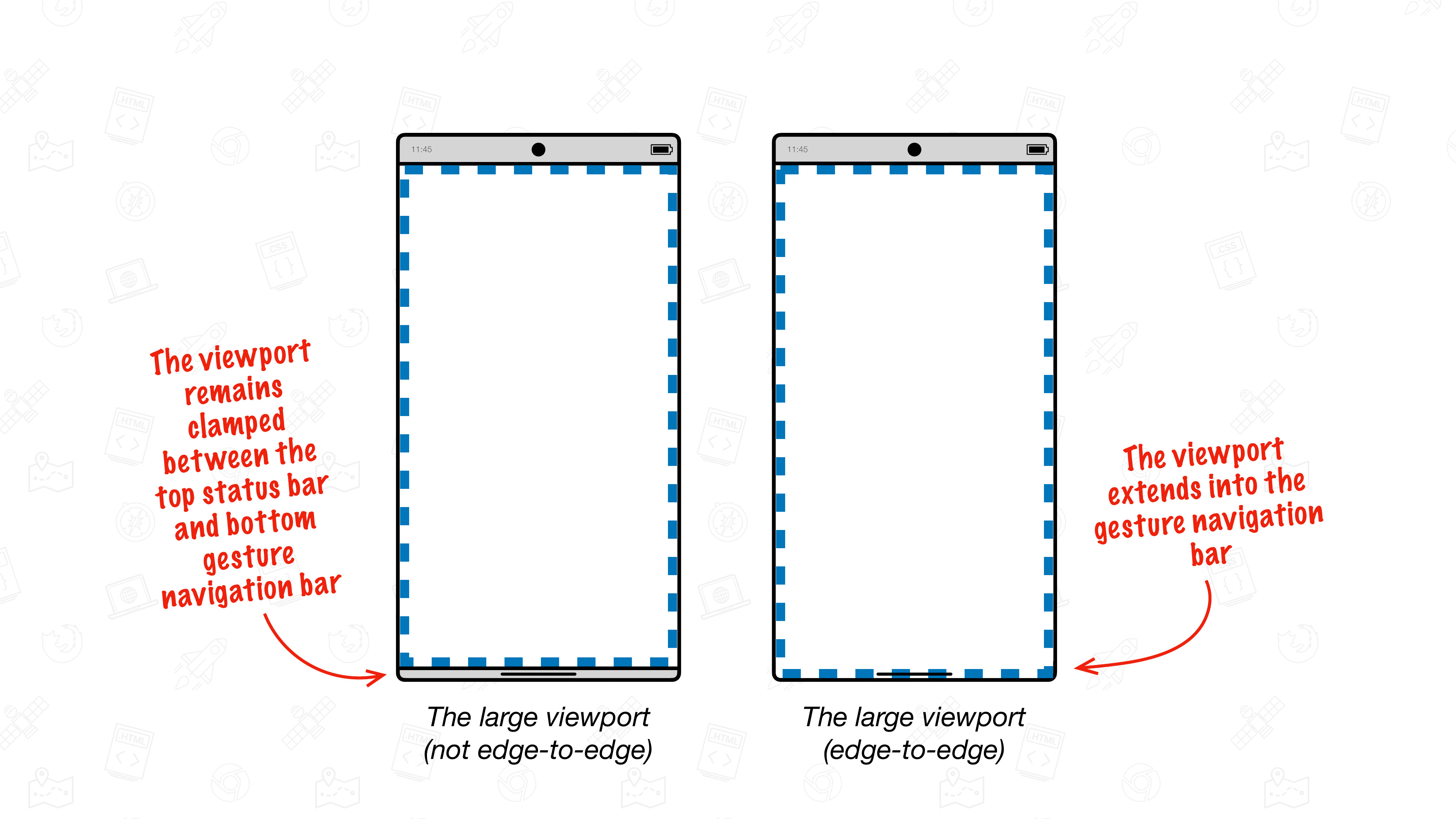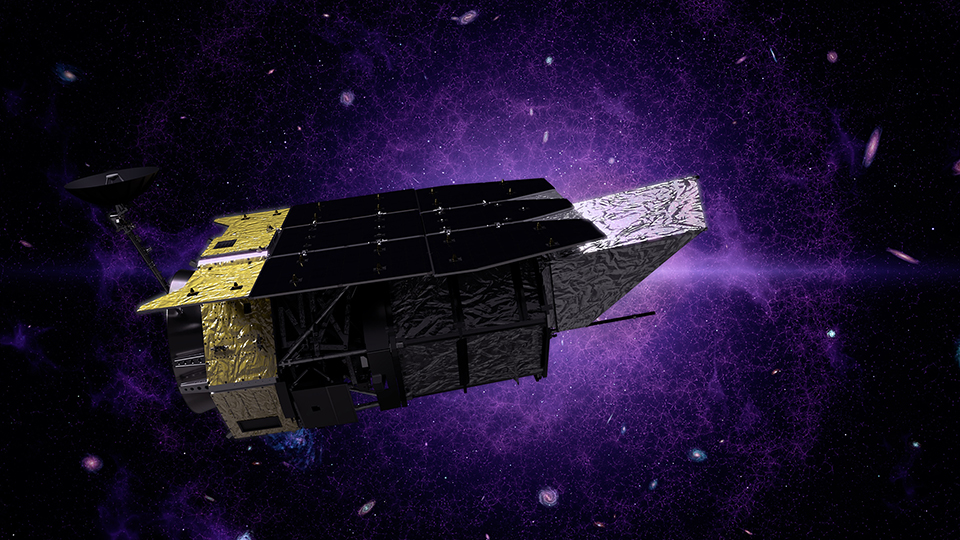
Welcome to Edition 7.39 of the Rocket Report! Not getting your launch fix? Buckle up.
Were on the cusp of a boom in rocket launches as three brand-new megaconstellations have either just begun or will soon begin releasing thousands of satellites to enable broadband connectivity from area.
If the megaconstellations concern fruition, this will require more than a thousand launches in the next couple of years, on top of SpaceXs blistering Starlink launch cadence.
We discuss the topic of megaconstellations in this weeks Rocket Report.As always, we welcome reader submissions.
If you do not wish to miss a problem, please subscribe utilizing package listed below (the kind will not appear on AMP-enabled variations of the site).
Each report will include details on small-, medium-, and heavy-lift rockets along with a glimpse ahead at the next 3 launches on the calendar.So, what is SpinLaunch doing now?Ars Technica has actually mentioned SpinLaunch, the company that literally wishes to yeet satellites into space, in previous Rocket Report newsletters.
This company took pleasure in some success in raising cash for its so-crazy-it-just-might-work concept of catapulting rockets and satellites into the sky, a principle SpinLaunch calls kinetic launch.
However SpinLaunch is now making a hard pivot to small satellites, a relocation that, on its face, appears puzzling after going all-in on kinetic launch and even performing several excellent hardware tests, tossing a projectile to altitudes of up to 30,000 feet.
Ars got the scoop, with the businesss CEO detailing why and how it plans to develop a low-Earth orbit telecoms constellation with 280 satellites.Traditional versus kinetic ...
The prepared constellation, named Meridian, is an opportunity for SpinLaunch to diversify far from being entirely a launch business, according to David Wrenn, the companys CEO.
Weve observed this in a number of business that began as rocket developers before branching off to satellite manufacturing or space services.
Wrenn said SpinLaunch could loft all of the Meridian satellites on a single big traditional rocket, or possibly 2 medium-lift rockets, and then maintain the constellation with its own kinetic launch system.
A satellite interactions network presents a much better opportunity for earnings, Wrenn stated.
The launch market is reasonably small compared to the financial potential of satellite communication, he stated.
Launch has generally been more of an expense center than a profit.
Satcom will be a much larger piece of the general industry.

 11
11
















